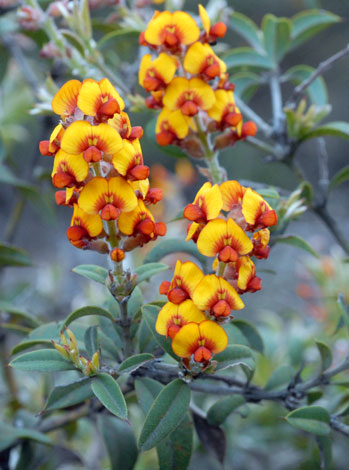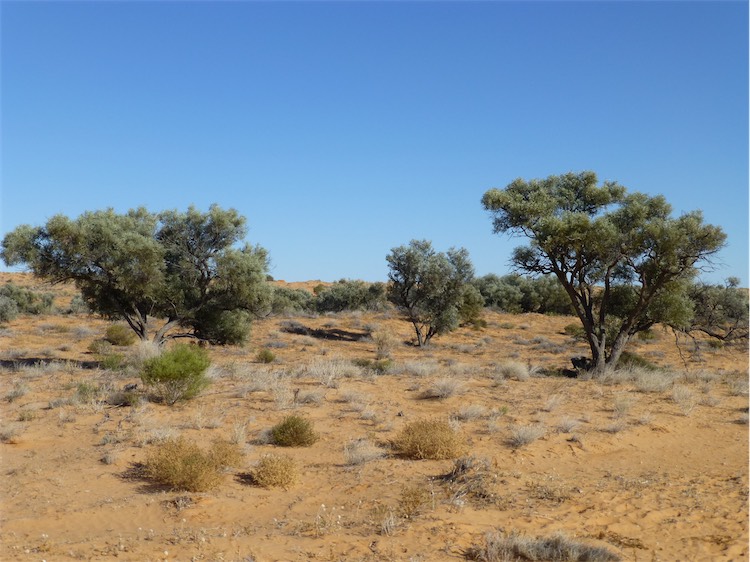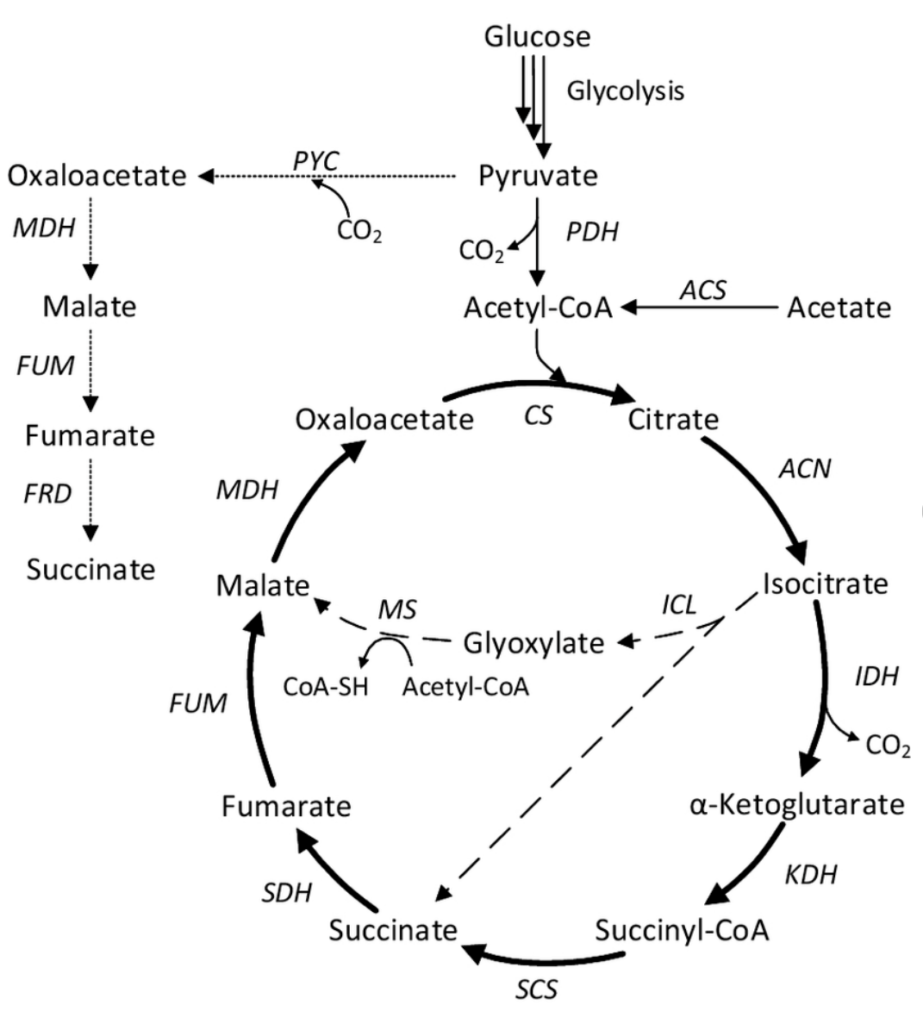These plants all contain the toxic ingredient, monofluoroacetic acid. York road poison is caused by Gastrolobium calycinum Benth. Heart leaf poison bush is caused by Gastrolobium grandiflorum, and Box poison is caused by Oxylobium parviflorum.
York Road poison derives its common name from stock losses after consuming Gastrolobium plants while being driven along the road between Perth and York in Western Australia in the 1800s. The plant occurs just east of Perth from Moora in the north to Tambellup in the south. It is a 1.5 metre tall shrub that produces striking orange, red, and pink flowers. It is a member of the pea family (Fabaceae). Early settlers described the plant as ‘poison peas’.

Heart leaf poison occurs across the northern regions of Australia but stock losses appear restricted to Queensland.
Australian plants that contain monofluoroacetic acid include:
- Gastrolobium species. Most of the 109 species of Gastrolobium are found in south-western Australia. Gastrolobium calycinum (York Road poison), Gastrolobium grandiflorum (Heart leaf poison) are the classic toxic species.
- Oxylobium species, are found in eastern Australia. The classic toxic species is Oxylobium parviflorum. (The Western Australian species of Oxylobium have been reclassified as Gastrolobium).
- Acacia georginae (Poison gidyea, Georgina gidgee) are found in northern and central Australia and Queensland. It is a tree that is 3-8 metres tall.

How does monofluoroacetate kill animals?
Monofluoroacetate (sodium fluoroacetate) is better known as ‘1080’. 1080 is used as a pesticide in many countries to control introduced mammalian pests, including foxes, feral dogs and cats. The chemical requires conversion to fluorocitrate in order to producing toxicity. Normally, oxaloacetate is converted to citrate, by incorporating acetyl-CoA under the action of citrate synthase. Citrate is converted to isocitrate by the enzyme aconitase. This is a critical stage in the TCA cycle. When fluoroacetate replaces acetate, it is converted to fluoroacetyl-CoA, which combines with oxaloacetate to form fluorocitrate – not citrate. This hijacks the TCA cycle as fluorocitrate cannot be converted to isocitrate. This leads to a cellular energy deficit.


The effect on horses is not known. Most stock losses from plant ingestion are in ruminants. However numerous mammalian species, including horses, are susceptible to 1080 when ingested. Plant poisoning can result in clinical signs 4-24 hours after ingestion. Death typically follows shortly after the onset of signs, that include ataxia, collapse, tachycardia, and respiratory distress. Sub-lethal poisoning is described, and affected animals can show a variety of signs, including slow movements, recumbency, and cardiac problems (tachycardia, jugular pulsation). There are no gross lesions present on post-mortem.
There is no effective treatment for 1080 poisoning, a common problem in domesticated dogs. Induction of vomiting, gastric lavage, prolonged anaesthesia with IV fluid therapy are useful adjuncts in dogs if caught early.
Tags: Toxicology
References:
Aplin TEH (1967) Journal of Agriculture Vol 8 No 5
Lee ST, Cook D, Pfister JA, et al (2014): Monofluoroacetate-containing plants that are potentially toxic to livestock. J Agric Food Chem 62, 30.
